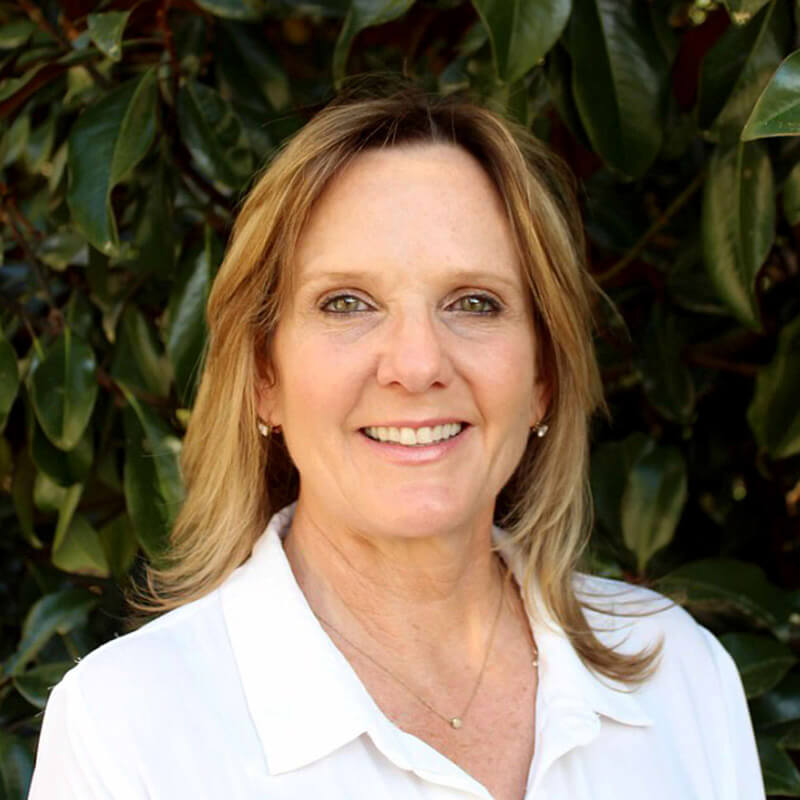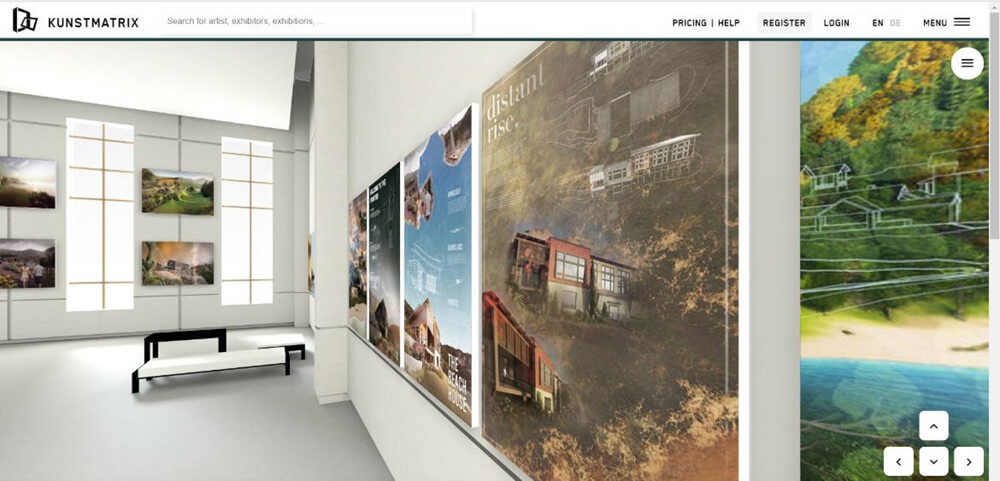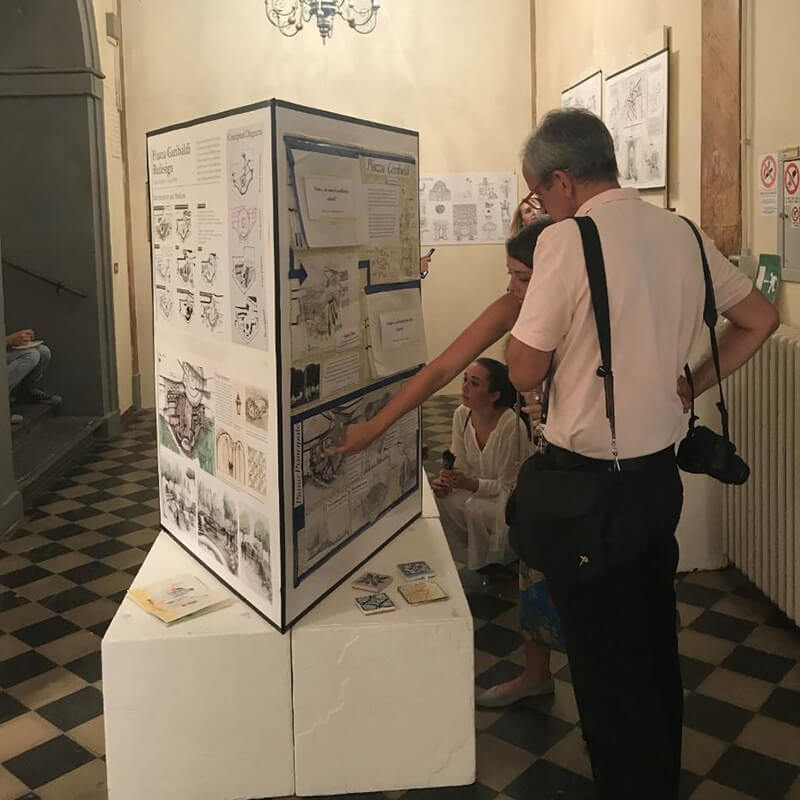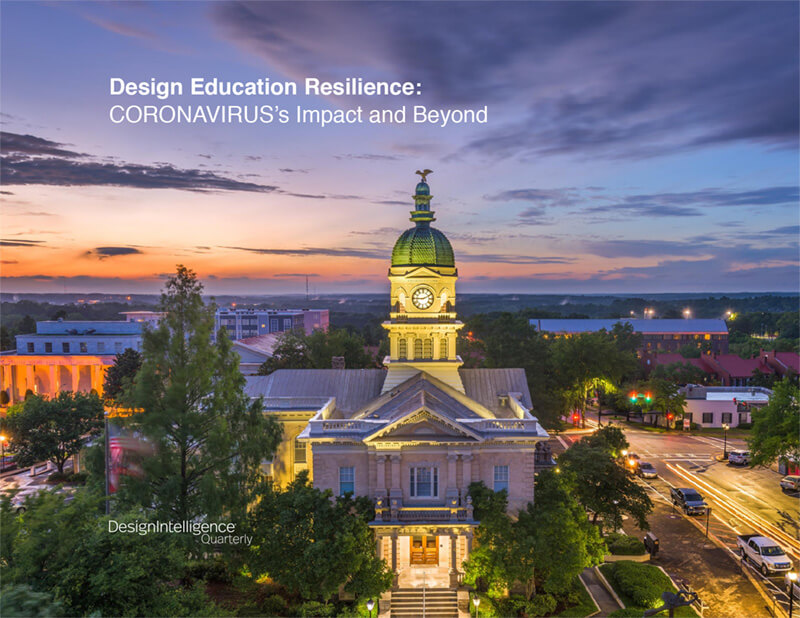Design Education Resilience:
CORONAVIRUS’s Impact and Beyond
by Ashley Steffens
Associate Professor & Associate Dean, Academic Affairs,
University of Georgia, College of Environment + Design
How to cope with largely-studio-based design education in a new world order? UGA’s Ashley Steffens offers an insider’s historical perspective, scenarios, and a challenge to continue the conversation.
Redirection Required
COVID-19 has changed the course of design education. When shelter-in-place orders restricted faculty, staff and students from returning to campuses, educators began to understand the enormous impact this mandate would have on traditional face-to-face (F2F) teaching. How would they find the resilience to reinvent historically studio-based curricula? While online teaching resources had been available for years, many professors were ill-prepared to make that transition. After all, learning new technologies is rarely at the top of anyone’s priority list, especially given no pressure to do so. But that was all about to change.
Access Prohibited
In March 2020, Universities across the country banned all but essential staff from buildings. Administrators tasked with supplying educational resources and IT needs for faculty quickly transferred course materials from F2F to virtual for synchronous and asynchronous online teaching. Deans and Department Heads activated untested contingency plans for facility access. A host of questions sprang forth. How would students collect their studio equipment when they were sent home from spring break? Even with laptop computers required, how do you teach a class if students or faculty don’t have reliable WiFi? How do design professors perform a desk critique when there is no desk? These, and many other questions needed immediate answers and solutions.
Shock and Recovery
After the initial shock, the education system set foot on the road to recovery. Administrators organized students in small groups to collect on-campus equipment and evacuate dorms. University leaders sent messages of comfort, understanding, and assistance. Faculty reached out to students with messages of support and patience, despite many unknowns ahead. Organizations such as the Landscape Architecture Accreditation Board (LAAB) and The American Society for Landscape Architects (ASLA) supported educators with webinars and articles, and The Council of Educators in Landscape Architecture (The CELA) facilitated discussion groups to begin sharing information across the country.

With government isolation measures in place, the business of business shifted to a business of support. Upper level administration provided vast amounts of information and resources, but it was still up to faculty to identify how to virtually teach and measure outcomes. Professors faced daunting tasks, including finding the right technology for achieving desired results. What’s more, Universities were recommending faculty develop synchronous teaching, asynchronous teaching and a third hybrid model, in case of more system shutdowns or limited internet capacities. This required revising 2-3 months of work for 3 different scenarios in a week or two of transition time.
When it was time to go live with virtual teaching, most faculty developed unique course instruction and communications to facilitate online education such as using blogs for daily communication, virtual galleries to display work, Zoom annotation for project review and ‘desk crits’, and alternative testing methods.
Challenges and Surprises
By the end of the Spring 2020 semester, virtual design education had been explored and it was time for some feedback on the state of things. University of Georgia College of Environment + Design (UGA CE+D) student evaluations asked two simple questions:
1. What positive strategies or approaches did this instructor use during the remote instruction phase of the Spring 2020 semester?
2. Additional Comments: Please use this space to share additional comments about your experiences during the remote instruction phase of the Spring 2020 semester.
Although responses were lower than normal, anonymous student comments identified challenges and surprising successes.

And retire he did.
In addition to student evaluations this year, UGA Faculty were asked to fill out self-reflection assessments. Faculty comments also evidenced new empathic outcomes such as the following survey questions and anonymous responses:
Experiential Learning
The next big challenge was about to surface: SUMMER. Many design education programs include experiential learning and internships as typical summertime educational activities built into curriculum planning. By March, when campuses closed, many students had finalized summer plans for study abroad, work study programs, or professional internships. Although on campus summer courses would continue online, study abroad programs and off campus courses were closed due to travel restrictions and shelter-in-place mandates. Internships, even those already accepted, were tentative as firms also transitioned to alternative work practices.
Many administrators were forced to weigh the consequences of delaying these critical professional experiences, which necessitated extending the time for graduation – an unwelcome byproduct among University administrators. Alternative options began to surface, such as allowing students to work in related positions like nurseries, construction or landscape maintenance industries; overlapping internships into the following fall semester; developing projects with alumni or state ASLA chapters; or reducing the number of hours required.
The Journey Continues
The journey continues with unknown consequences of F2F teaching expected to resume in the fall. Across the country, Universities are unveiling elaborate policies and procedures for staff and administration to return to campuses over the summer in preparation for faculty and student return in August. Some strategies will require self-monitoring and actions such as contact tracing for those testing positive for the Coronavirus, wearing face masks/coverings, regular temperature checks, hand washing, and eliminating all non-essential work travel. Additional tactics for a safe return to UGA’s campus include social distancing, additional cleaning and communication through signage.
Even with the best intentions and all these measures in place, it is highly unlikely traditional F2F teaching will remain the default course of action. Many contingency plans allow for individuals with compromised health conditions to continue working or taking courses virtually. As a result, educators will need to develop a hyflex teaching model to meet the dual demands of teaching F2F as well as providing virtual courses for students who cannot return due to underlying health risks. Other educational scenarios will continue to reshape design education and redefine the studio experience.
Scenarios
Inside Higher Ed recently published “15 Fall Scenarios: Higher Education in a Time of Social Distancing” which includes options for schools to consider such as:
- delaying F2F teaching
- block planning
- shifting academic calendars (e.g. Fall to Spring and Spring to Summer)
- full F2F teaching
- hybrid online and F2F teaching
- offering a gap year, or
- revising curricula
One scenario, the “First-Year Intensive approach” allows first year students primary access to on campus facilities, with a hybrid of options for sophomores, juniors and seniors. The Freshman Experience has long been a focus for Universities, as evidenced by the rise of Freshman seminar courses intended to provide a positive freshman experience with small class sizes and diverse topics.
This approach bodes well for the early development of the studio culture which continues long beyond a student’s educational years. The studio culture as a unique pedagogical environment has historically been the vehicle of choice for developing design thinking, collaboration, and problem solving. Now, educators will need to develop strategies to foster the studio culture amid the potential for alternating days for F2F classes to accommodate limited classroom occupancy. They will have to re-imagine group projects in keeping with social distancing measures, alternatives to testing, and identify alternative methods for experiential learning and other off campus activities until travel restrictions are lifted.
Other Impacts and Effects
Another CORONAVIRUS-related task will be managing virus-related faculty and student absences. When faculty are sick, who takes over their classes? When students miss class to comply with a standard 2 week stay at home measure, how are they expected to make up all that work? These situations strongly suggest the need to be prepared for a wholly virtual classroom and consider creative solutions when prolonged absences occur.
Leadership, Design Thinking, and Conversation Are Welcome
These measures and their ripple effects will demand close monitoring. Like previous social, political, and economic challenges, they will dictate new ways of building supportive learning communities and disseminating professional design education amid crisis. In tandem with creative approaches by leading design educators they will redefine how we teach and learn design in the challenging times ahead.
Continuing the dialogue - and sharing of tactics and coping strategies, in any form - is welcome.
Ashley Steffens is an Associate Professor, Associate Dean of Academic Affairs at The University of Georgia, College of Environment + Design and Past President of The Council of Educators in Landscape Architecture. With a Bachelor of Environmental Science and Masters in Landscape Architecture, she has taught hand and computer graphics, community design with applied engineering, plant identification, and construction for over 20 years. In addition to teaching, she has authored numerous articles on graphics and is Co-Author of Computer Graphics for Landscape Architects: An Introduction. She can be reached at steffens@uga.edu





